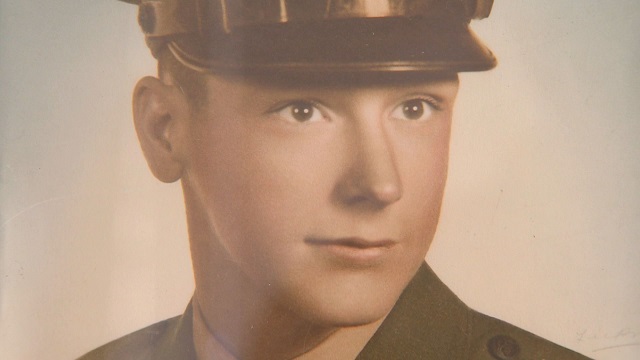Every week, I will shine the spotlight on some of the best storytelling in the business and offer my comments. “3 Great Stories of the Week” will post every Monday at 8 AM.
This is one of my favorite moments of the year.
Every December, I look back at my “3 Great Stories” posts from the past year and decide on which stories, I feel, rose above the rest.
It always reminds me of how much magnificent work gets done every year. Here, for example, is my best-of list from 2014.
I posted my three favorite written stories of the year last week. This week, without further ado, I present my three favorite audio/video pieces of 2015 — and an honorable mention — along with what I wrote about them back then, with minor edits for clarity:
HM) Elsa’s story (7/17/15, Denver Post): “Wow.”
That was all I could say after watching the “Elsa’s Story” documentary presented this week by the Denver Post.
The video accompanies a powerful article of the same name about 9-year-old Elsa, who “insisted as soon as she could speak that she was a girl, even though she was assigned male at birth.” The story truly revolves around the evolving acceptance of Elsa’s parents, specifically her mother, who essentially narrates the 16-minute documentary.
Sixteen minutes may seem like a long time to stare at a computer screen or focus on one’s cell phone, but the time pays off. The documentary’s length allows the viewer to process its images and words, in some ways journeying along with Elsa’s mother as she describes her struggle to understand Elsa’s maturation.
The video is full of poignant moments, most of which come from home movies of Elsa through childhood. Credit the Post’s Mahala Gaylord for the video and Jen Brown for the article — and the Post itself for investing such time and resources into a standout story.
#3) One-legged kicking coach inspires high school team (10/28/15, KARE-TV): If this story doesn’t win all kinds of awards next year, I will be stunned.
KARE-TV storyteller extraordinaire Boyd Huppert has done it again, this time thanks largely to the photography and editing of Kevin Sullivan. The visuals here are just stunning, from the blink-and-you-miss-them angles of football practice to the picturesque landscapes of Friday night football. They provide, for this story, a gorgeous aesthetic.
Huppert, as always, brings the piece’s soul.
He unfolds the story of a man named Larry, with one arm and one leg, who coaches kicking for a local high school football team. Huppert delivers the story with touching turns of phrase and that sing-song, lullaby-like cadence that immediately hooks a viewer.
This is beautiful work by all involved.
#2) Mondawmin Monday (4/27/15, WBFF-TV): There have been numerous stories and reports from Baltimore, some instructive and some less so, about the protests and riots surrounding the death of Freddie Gray.
So much of the images and video have arrived as a stream — stations providing non-stop coverage and constant immediacy, which absolutely has its place in situations like this. But this story, from FOX 45 Baltimore’s Kathleen Cairns and Jed Gamber, shows the power of editing and context.
Given time — and a four-block radius — to document Monday’s action, reporter Cairns and photographer Gamber find themselves in the midst of smoking tear gas, a burning car, and numerous protesters and police. They capture it all with a sense of poignancy and objectivity; Gamber shoots and edits some powerful moments, and Cairns shows wise restraint with her script, stepping back and simply connecting the dots of those aforementioned moments.
This is one of the most haunting, powerful stories I have seen this year.
#1) South Carolina officer is charged with murder of Walter Scott (4/7/15, New York Times): There is no doubt about it.
The most powerful piece of storytelling this year came from a citizen’s cell phone camera*.
A South Carolina man captured video of North Charleston police officer Michael Slager shooting a man named Walter Scott five times in the back, killing him. The clip launched an arrest, an avalanche of coverage, and a new chapter in the conversation on law enforcement.
As for the accompanying article, New York Times writers Michael S. Schmidt and Matt Apuzzo wisely let the video do most of the talking, playing it straight and telling a thorough story. The Times received the video from the Scott family’s lawyer, and it sure made its mark.
*I debated whether to categorize this as written or audio/video, but I went with the latter because the video is truly the story here. This piece had such resonance because of the cell phone camera video, not the accompanying article.


